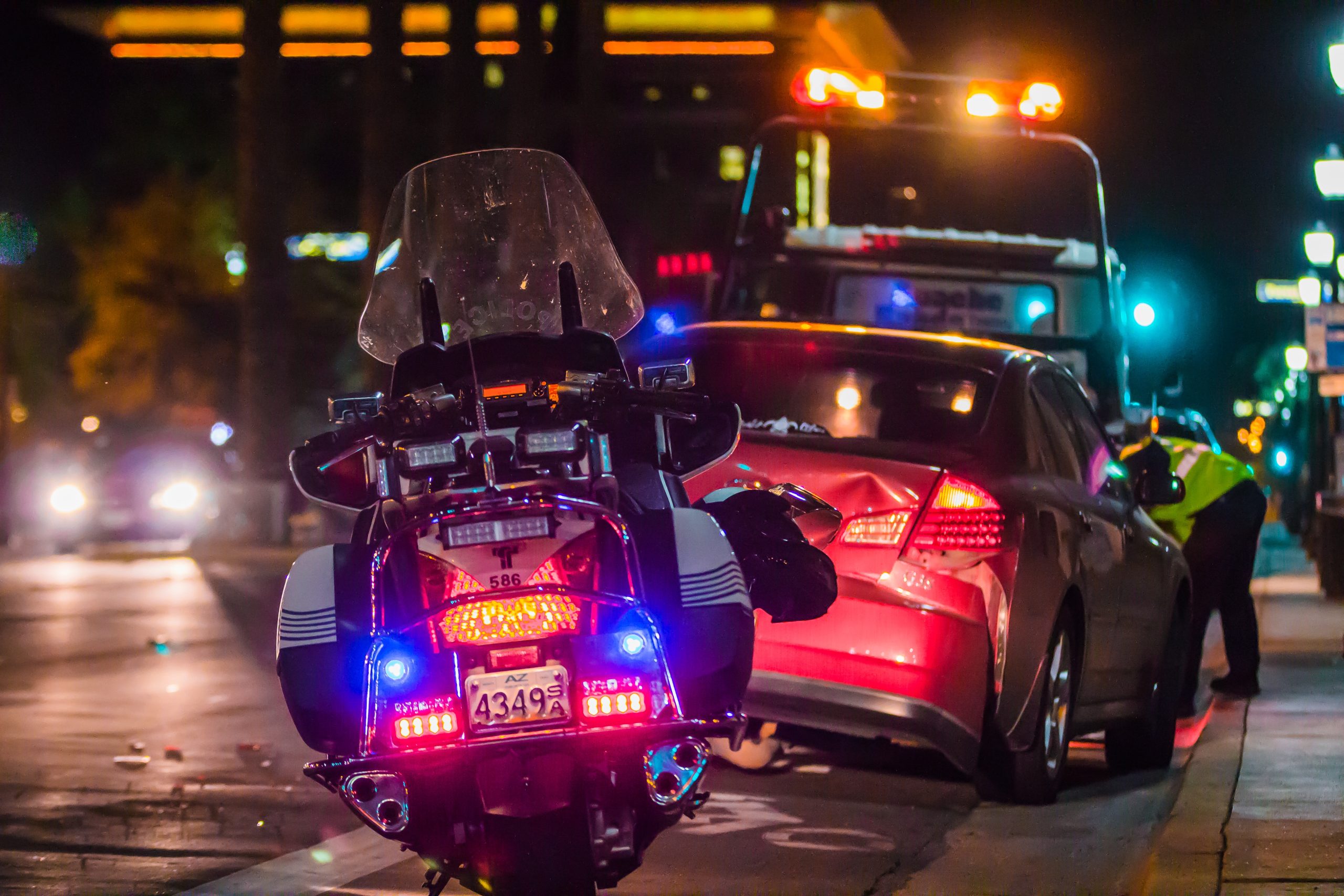The Power of Evidence Patterns and How They Shape Law Cases
Posted in Accident & Injury, Automobile, Car Accident, Consumer Protection, Health & Wellness, Medical Malpractice, Motorcycle Accident, Truck Accident on May 31, 2023

Evidence is vital in law cases. It can sway what happens and affect how juries decide and resolve disputes. Looking for patterns in the evidence helps us understand how serious a situation can be and the significant role it plays in law cases.
Patterns In Auto Accident Evidence
How certain things look or happen can influence how a jury decides a case or how much money is offered to settle a legal dispute. Let’s compare two situations:
- In the first situation, there is a car accident where both cars are badly damaged and cannot be driven. Pictures show the extent of the damage, debris is scattered around, and tow trucks are needed to remove the cars. Both drivers are taken away in an ambulance. This evidence suggests that the accident was serious, and someone might have been injured.
- In the second situation, there is a minor accident where both cars have only slight damage. The police are not called to the scene, there is no debris on the road, and both vehicles can be driven away. This suggests that no one was injured in this accident.
The patterns in how the evidence looks and what happened can give us an idea of how severe the accident was and if anyone was hurt. These patterns are important for making decisions in legal cases and negotiations.
Patterns In Medical Evidence
How medical evidence looks and what happens can also affect the outcome of a case. Let’s compare two situations:
- In the first situation, an ambulance takes the injured person to the Emergency Room (ER) after an accident. In the ER, doctors order X-rays and CT scans, consult with specialists, and the injured person spends the night in the hospital before being discharged. This gives the impression that the person is seriously injured.
- In the second situation, the injured person doesn’t go to the ER or see medical professionals for two weeks after the accident. They continue their daily activities, go to work, and only visit their primary care physician after two weeks. The primary care physician doesn’t recommend further treatment or time off work. Instead, the person chooses to go for therapy independently for 6 to 8 weeks. This suggests the person is not as injured as in the first scenario.
Evidence can sway outcomes, mold juries’ decisions, and shape dispute resolutions. By seeking patterns within the evidence, we gain insights into a situation’s gravity and its role in legal proceedings. Whether it is the visual cues of an auto accident or the medical journey following an incident, recognizing the importance of these patterns is crucial for informed decision-making in legal cases and negotiations.
Contact Elk + Elk for a free case review.
Our personal injury attorneys are dedicated to providing victims with superior legal care. Call 1-800-ELK-OHIO or visit us online.